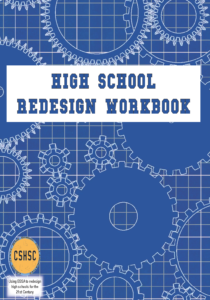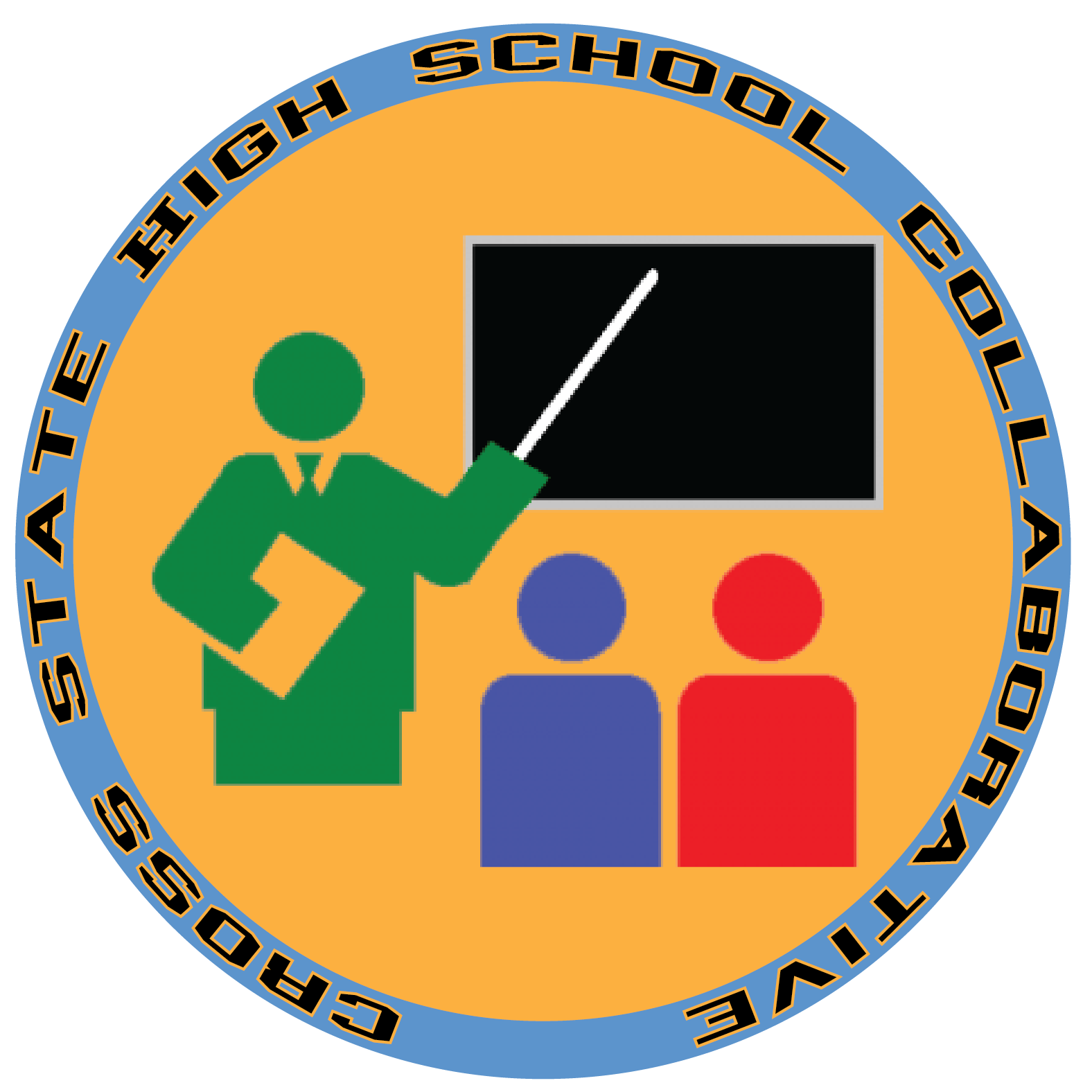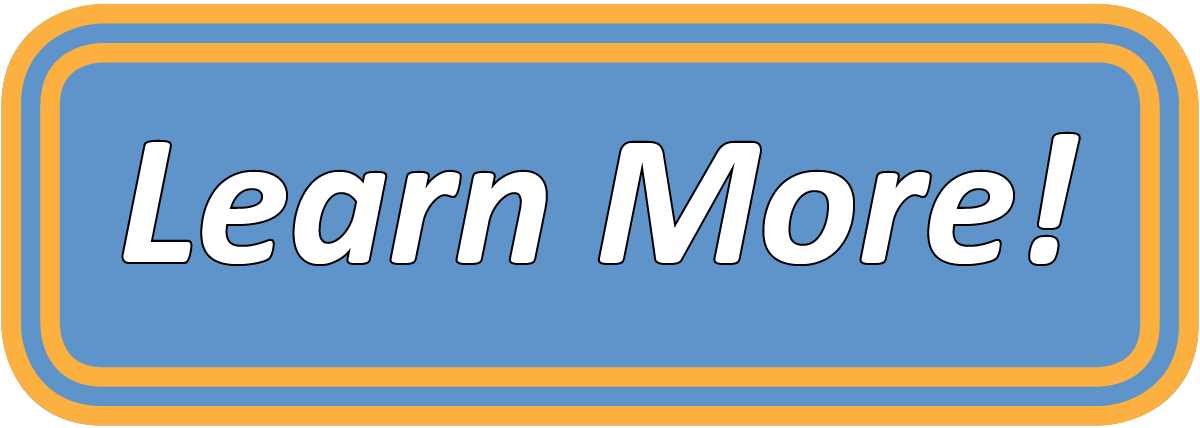Redesigning High Schools to Support Their Communities in the 21st Century
The Cross State High School Redesign Collaborative (CSHSC) was established in 2017 and is a joint effort of seven participating states, Illinois, Louisiana, Massachusetts, Mississippi, New Mexico, New York, and Ohio supported by the Everyone Graduates Center at Johns Hopkins University School of Education, the Council of Chief State School Officers (CCSSO), and Civic Enterprises.
The CSHSC’s goal is to use the Every Student Succeeds Act (ESSA) to enable struggling high schools in high-needs communities to reinvent themselves and become institutions that propel adolescents to adult success in their communities in the 21st century.
The participating states and partners are co-developing a seven-stage high school redesign process with supportive tools and practices. Plans begin with conducting needs assessment and community input to evidence-based redesign, participating in a network of similar high schools going through redesign, being supported by proven technical assistance providers and capacity builders, and committing to use a common set of on-track school success metrics.
Can Dropout Factory Research Save a COVID Generation
In its most recent episode of THIS WEEK IN EDUCATION, EJ Carrion interviews Robert Balfanz to get his perspective on the most recent report from the National Student Clearinghouse that showed that college enrollment for low-income high school graduates declined by 29.2 percent. Read more. . .
Dr. Robert Balfanz highlights what school connectedness is and why its so important, especially for adolescents, when school becomes remote.
Watch the CSHSC COVID-19
Virtual Forums
Follow this link to watch the videos from all the Cross State High School Collabortaive's virtual forums and review the collected resources from each session.
Evidence-Based Redesign & Improvement Strategies
How adults are organized in a school is a foundational driver of its outcomes.
If the daily interactions of teachers, administrators, partners, parents AND students leave them more satisfied, more productive, more supported, more connected and more engaged, evidence shows that the school will achieve greater success.
Students at the Center examines the evidence-based research that highlights core principles to consider when redesigning high school experiences to increase:
- Student motivation
- Engagement
- Active participation in their learning
Studies and evidence-based resources organized into seven key domains:
Design pathways with the vision of high school as a beginning and not an ending.
Evidence and research-based resources which identify core principles to consider when redesigning the high school experience to enable all students to graduate with a strong and supported pathway to postsecondary success.
 Public high schools from New Mexico, Ohio, Louisiana, Massachusetts, Mississippi, Washington, DC chosen for recognition by state educational officials for their commitment to education and propelling adolescents on the pathways to adult success.
Public high schools from New Mexico, Ohio, Louisiana, Massachusetts, Mississippi, Washington, DC chosen for recognition by state educational officials for their commitment to education and propelling adolescents on the pathways to adult success.
XQ Super School Resources

Check out the variety of resources from the XQ Super School Knowledge Series & Expert Series. A mix of cutting-edge academic research and inspiration to help anyone think boldly about both the possibilities and the realities of rethinking high school.
Student Perception Survey
In 2017-18, CSTP worked with experts and practitioners to develop Washington’s own student perception survey system accessible to WA educators through eVAL, the state’s evaluation management system. Currently, the survey items are designed to be utilized with 3rd– 12th grade students. Teachers have the ability to choose items and design an online survey based on specific areas in which they would like student feedback. Read more. . .
Strategies Designed to Help At-Risk Students Graduate
The U.S. Department of Education sponsored the National Survey on High School Strategies Designed to Help At-Risk Students Graduate and collected data in the 2014-2015 school year from a nationally representative sample of 2,142 public high schools.
The resulting data provided approximately 13 specific, evidence-based high school improvement strategies designed to improve the likelihood of high school graduation for at-risk students. Read More.
Think, “I can!”
If They Think, “I can”: Teacher bias and youth of color expectations and achievement this article examines one key social actor that plays a prominent role in the formation of student expectations and academic achievement is the classroom teacher. Scholars argue that teacher support, in the form of beliefs about students’ academic abilities, is crucial.
Learn more about the Cross State High School Collaborative and download resources, studies, presentations and other useful materials for this exciting initiative. Read more.












